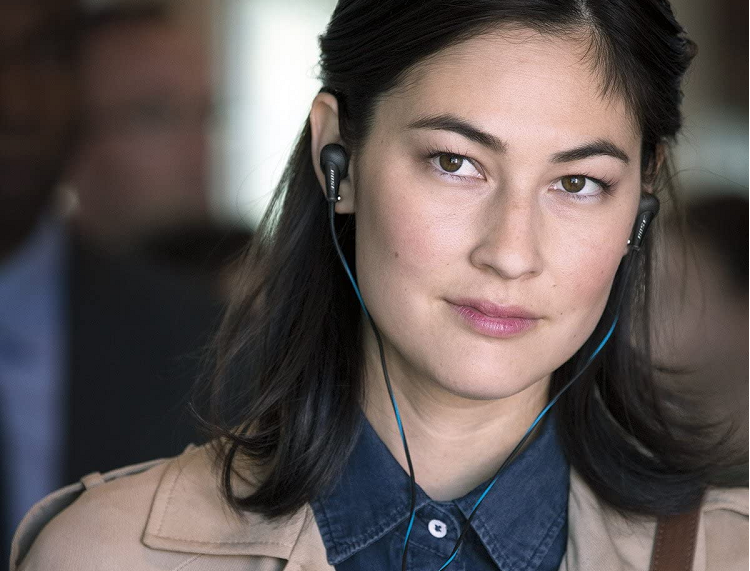Bose QuietComfort 20 review are trendsetters for a new breed of Bose equipment that particularly focuses on in-ear headphones. What makes this version of the Bose QuietComfort brand different from previous offerings by the company is the impressive noise-cancellation technology integrated into the tiny device. Earlier, Bose effectively used the noise canceling features in its best-selling over-ear and on-ear headphones, Bose QC3 and QuietComfort 15, respectively.
Table of Contents
Bose QuietComfort 20 Review
[amazon box=”B00X9KV0HU” template=”horizontal”]The Design
Despite different design features compared to other in-ear headphones, buyers should notice a rectangular PowerBrick down the phone jack. The PowerBrick is the battery storage unit of the device, which is not overly exposed in models such as QuietComfort 20i.
However, experts agree that the PowerBrick unit was required to hold on to a powerful battery that could smoothly tackle noise cancellation in a device as small as Bose QuietComfort earbuds. The power switch is also located in this PowerBrick.
Despite the somewhat oversized PowerBrick panel, only regular users of the Boss may notice it as it integrates nicely with other components of the headphones. Besides, it is also lightweight, which does not impact the handling of the earphone. In addition, the textured soft touch makes it nearly unobtrusive.
Just down the chin, where the cable splits is another unit, which controls noise cancellation functions. The piece has a single control button adjacent to a side control switch that allows users to switch off the noise cancellation to hear surrounding noise. There is also a small pinhole mic, which is used for hands-free calls.
The overall design of Bose QuietComfort 20 Acoustic headphones offers a light feeling despite the presence of PowerBrick and control unit. The only drawback to the design is the inability of users to automatically switch between the noise-cancellation and standard modes. For instance, users have reported that it is easy to turn off the noise cancellation, after use. It also means that the user may get a dead battery the next time they use the earphone. Still, some will say that manual transition from standard to noise-cancellation mode is a better option.
Noise-Cancellation Verdict
Regarding noise cancellation abilities, tests demonstrate that these Bose QuietComfort earbuds can easily cancel noise in trains, airports, and similar areas of high-intensity volume. Switching off the noise cancellation mode to standard mode allows users to hear loud sounds in the background without disrupting the music.
Compared to other similar units, the noise cancellation effect is clearly evident because it can easily filter out noises in packed trains and noisy environments. However, it does not mean that the earphone will also cancel very intense sounds such as the screeching of a loud train approaching the platform. In fact, users will hear the screech, but the screech does not interfere with the music even in the low volume mode.
On a positive note, no one wants to suppress very high-intensity sounds that often act to warn listeners of the nearby dangers. The device is made to cancel sounds such as air-conditioning hums and motor noise, even when it is coming from the immediate vicinity.
The Battery
Another great feature of the product is the extended battery time, which provides almost 16 hours of listening time. For an average commuter, the battery time is sufficient to use the microphone for at least three days. As for the battery, it can be recharged using a standard micro USB port found in most smartphones. Whereas the earphone excels in extended battery time, the battery is not replaceable. For a gadget, that is almost $300 in price, it can put off some users who need an option to replace the battery. Interestingly, the sound quality may suffer if the battery starts depleting.
Overall Verdict
GOOD: Bose QuietComfort 20 and 20i in-ear headphones are among the best noise-canceling headphones in the industry. We specifically like the option to switch the headphones to standard mode without noise cancellation. Even in the standard mode, listeners can listen to the music without degrading the quality of voice, unless in high-noise environments. In addition, the extended battery time of almost 16 hours adds to the value.
BAD: For most users who want to switch to a high-quality in-ear headphone, the price is high. Perhaps, they are better off looking to a variety of other options in the market. Moreover, the irreplaceable battery is also a slight disappointment.




